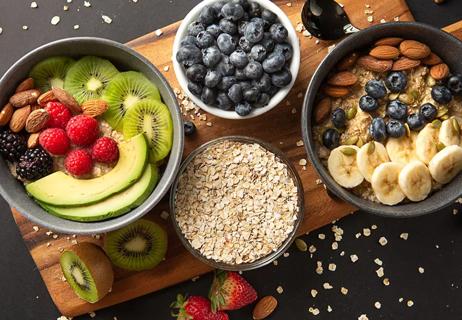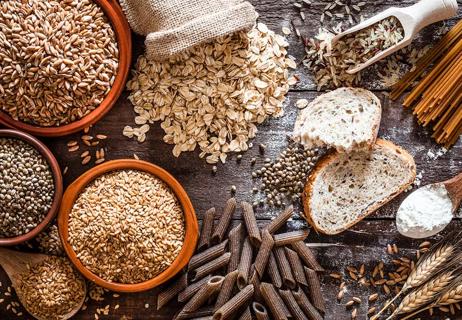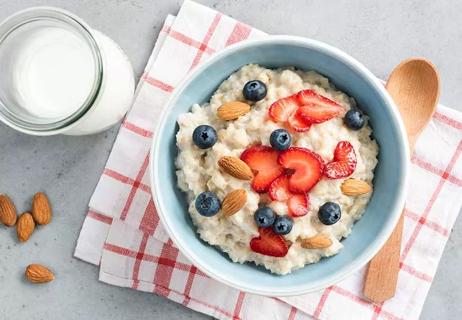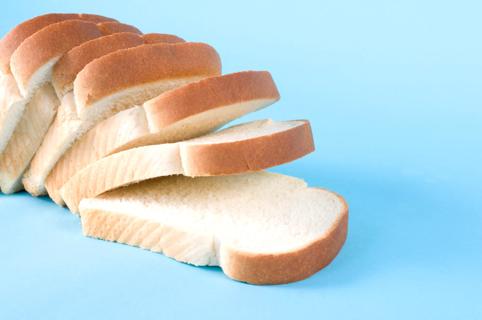And other helpful carb consumption tips

A carbohydrate is like the internet. It can either help or harm you — it just depends on how and when you consume it.
Advertisement
Cleveland Clinic is a non-profit academic medical center. Advertising on our site helps support our mission. We do not endorse non-Cleveland Clinic products or services. Policy
“You want to find the right balance,” says registered dietitian Kate Patton, MEd, RD, CSSD, LD.
Patton explains why carbs shouldn’t be diet enemy number one and the best time of day to eat them.
Carbohydrates often get a bad rap. But they’re one of three essential macronutrients, along with fat and protein.
“Carbohydrates turn into glucose, or sugar, in your body. Your body converts that glucose into energy,” says Patton. “Carbs are your body’s main and preferred energy source.”
“The majority of your carbohydrates should come from natural sources — things that aren’t modified or processed,” says Patton. Examples of healthy carbohydrates include:
Advertisement
“Most foods and food groups contain carbohydrates, so you want to find the right balance,” says Patton. “If you’re an average, healthy person, eat some carbs with each of your meals throughout the day.”
But consuming carbs earlier in the day may be better if you:
To get the energy-fueling benefits, you need to consume the right kind of carbs. Patton says that eating sugary, processed foods can quickly spike your blood sugar. As a result, you may feel hungry just one to two hours later — and eat even more. The same can happen if you eat only carbs and don’t get enough protein and fat.
Intermittent fasting is eating and fasting during certain windows of time. If you follow this type of eating pattern, Patton says it’s OK to eat carbs throughout your entire window — even if your goal is weight loss or if you have diabetes or prediabetes. “But during that eight-hour window, try to control the total amount of carbs you’re eating,” she recommends.
Patton says following the plate method is an easy way to make sure you’re eating the right amount of carbohydrates. Start with a 9-inch plate. Fill half of it with vegetables, one quarter with protein and one quarter with carbs.
If you’re an athlete or physically active, dividing your plate into thirds may better fuel your day. But Patton recommends keeping macronutrients balanced at every meal. “Your body can only absorb so much protein at once. It processes fuel most efficiently in smaller, more frequent doses. So be consistent throughout the day: Eat three meals and two to three snacks.”
If your carb-eating habits leave something to be desired, Patton says these tips can get you on the path to a well-balanced diet:
Advertisement
Advertisement
Learn more about our editorial process.
Advertisement

It’s all about choosing complex carbs — like whole grains — that will keep you full

A low-FODMAP elimination diet can help identify your symptoms

Whole-food carbs come with major health benefits, like fiber and antioxidants

The amount you need depends on several factors, such as age, sex and activity level

Here’s why you crave them and how to curb them

The eating plan is ideal for fueling high-intensity activities (but not for weight loss)

Opt for complex carbs that are full of fiber or protein

Which carbs should you cut if you want to lose weight?

The best parenting style balances enforcing rules and showing plenty of love

Tips include cutting back on sugar, focusing on exercise and managing stress

It can be harder to let go when you’ve invested time, energy and emotions — but it might be the healthier choice long term